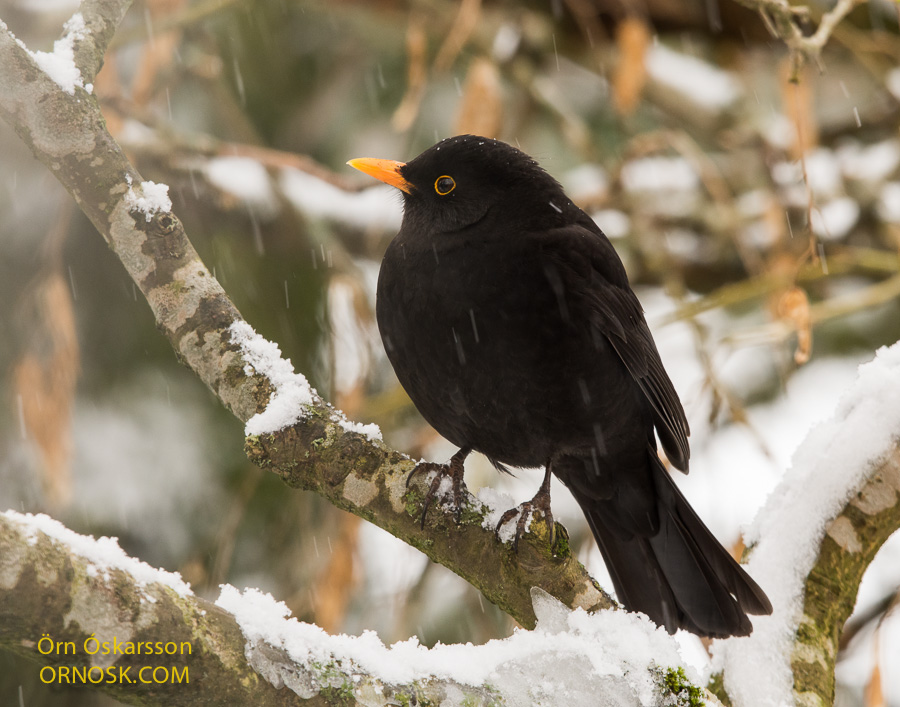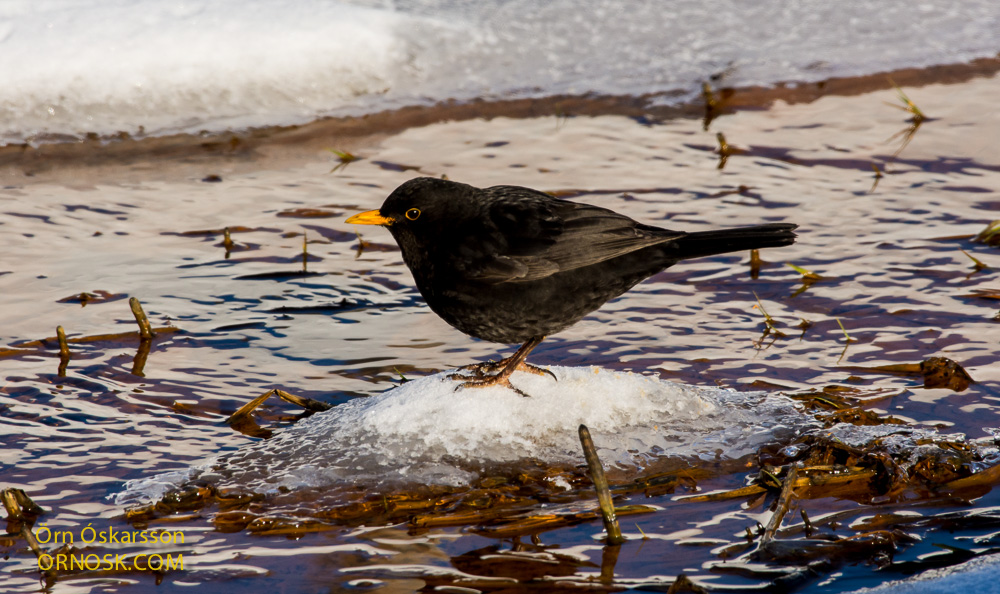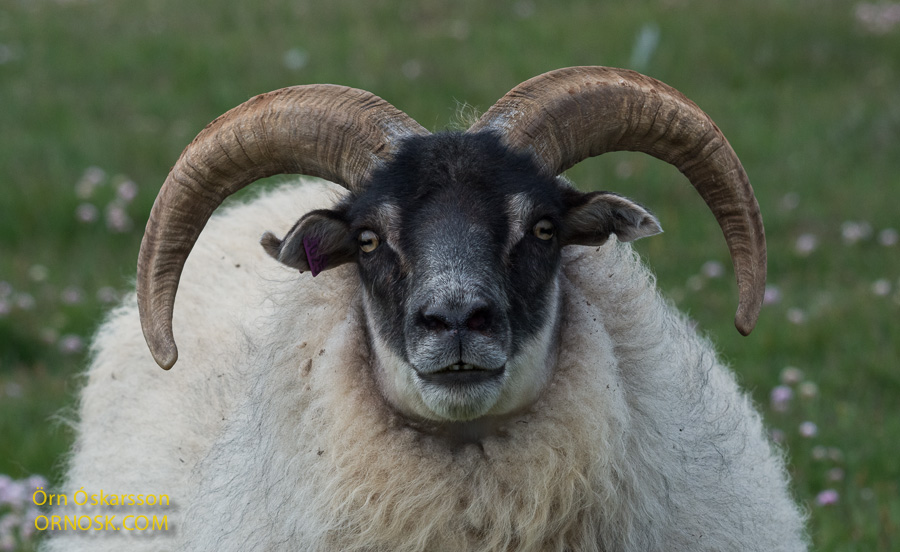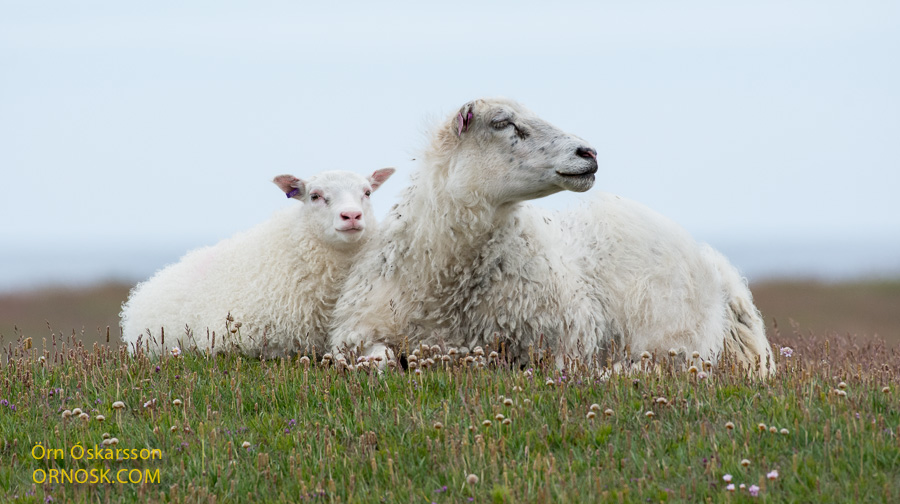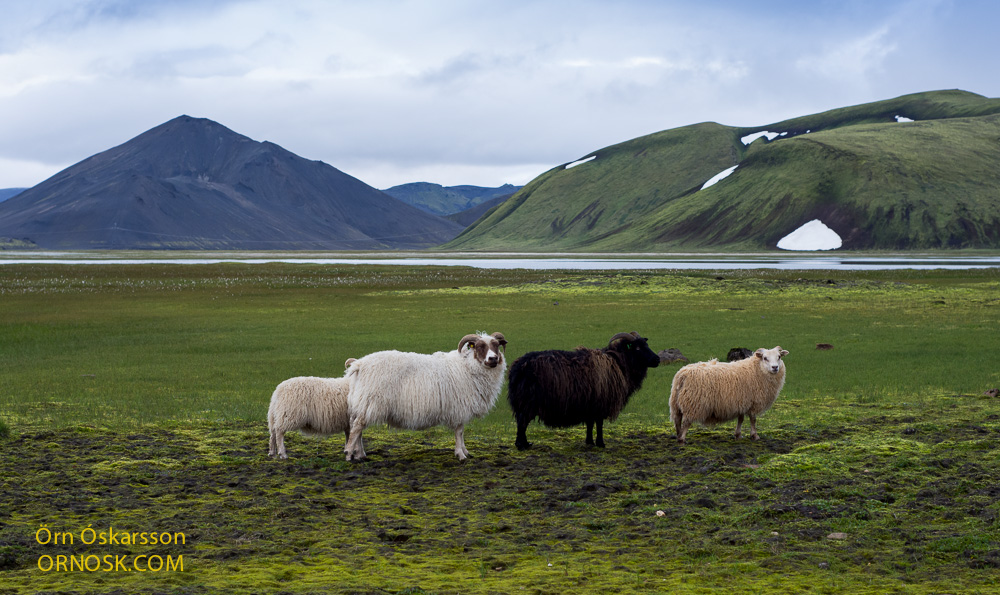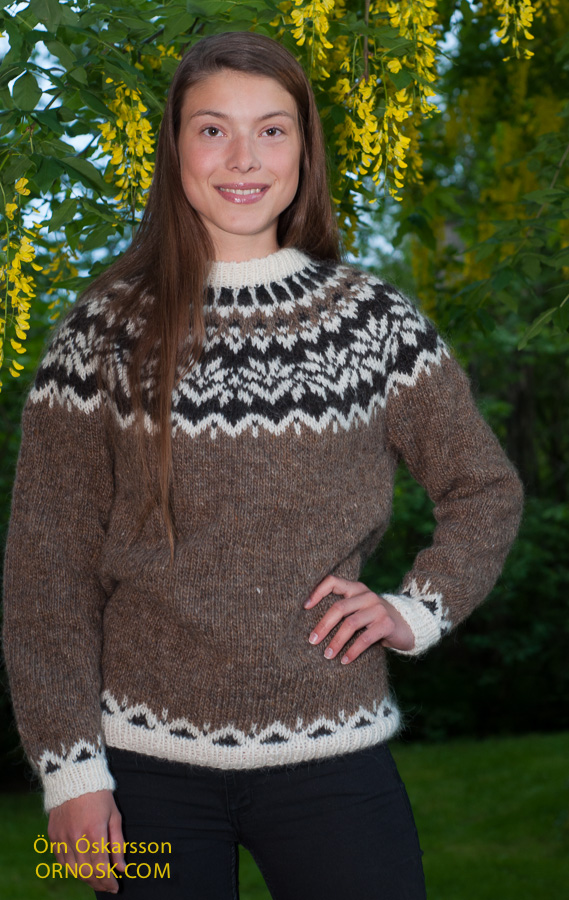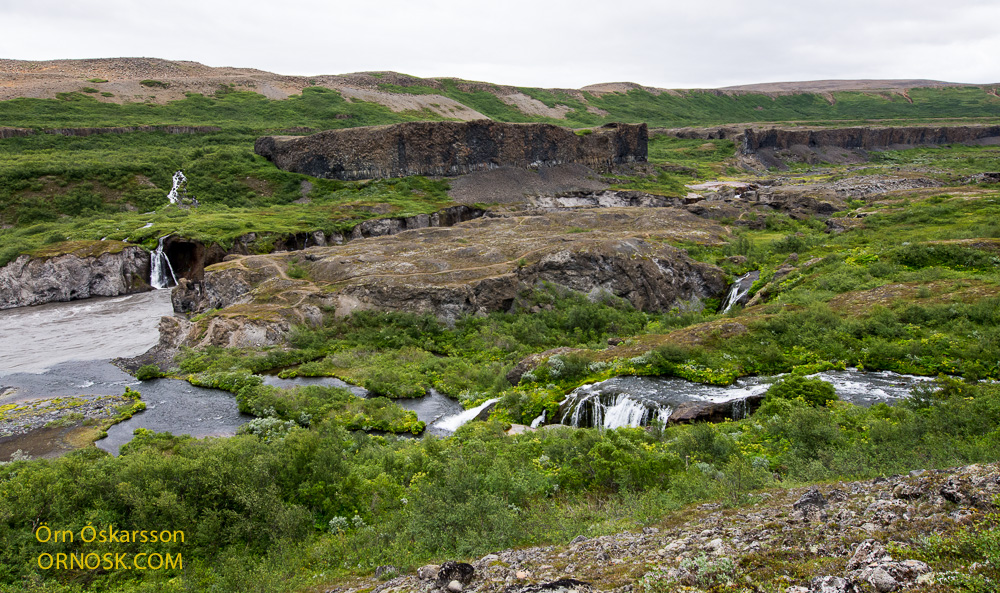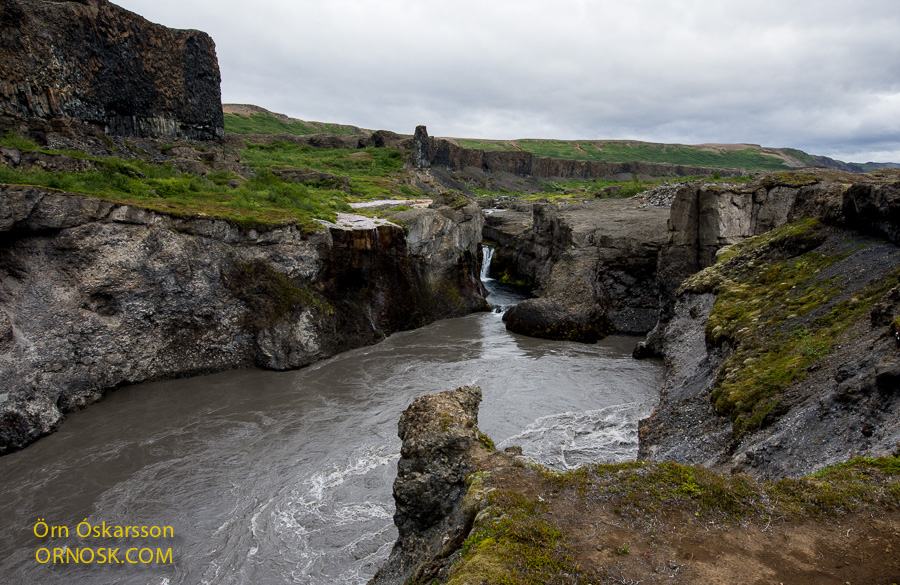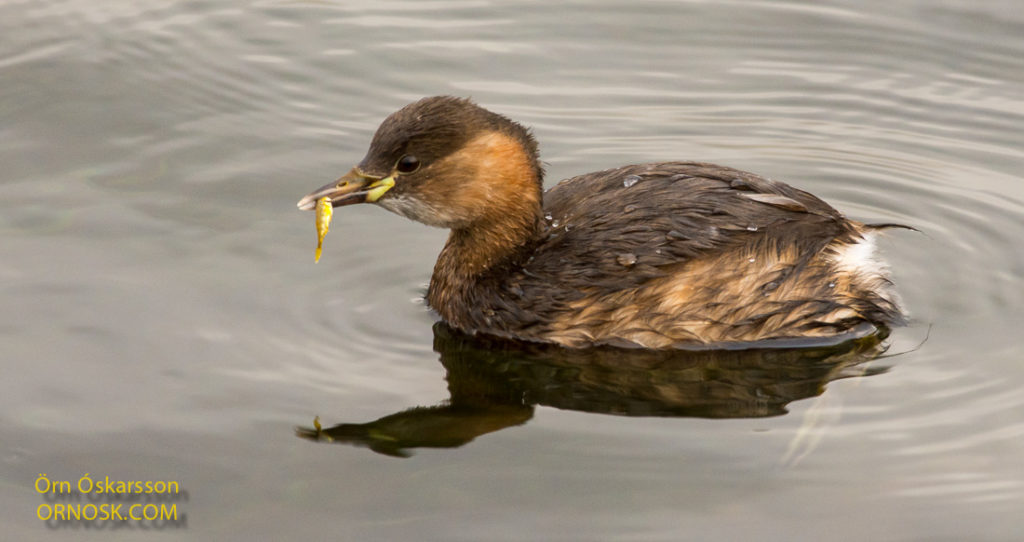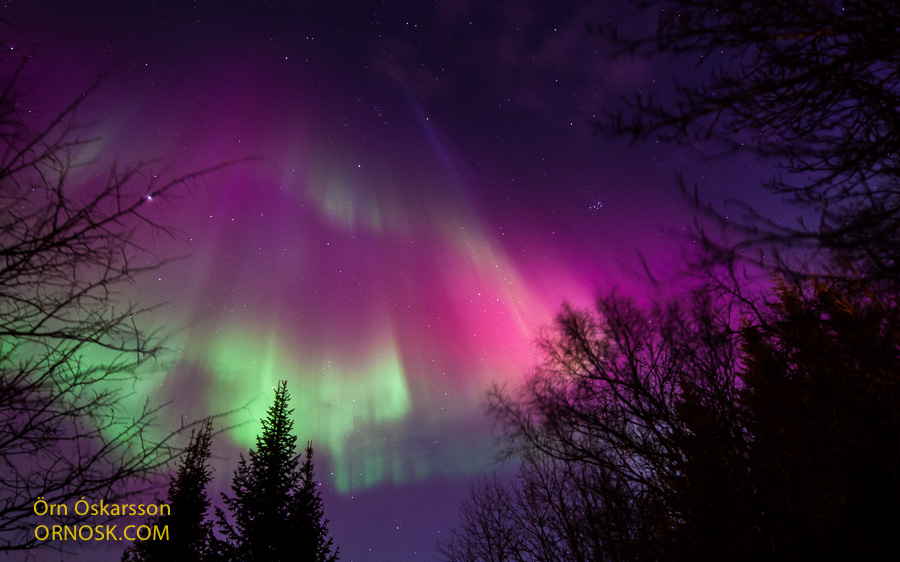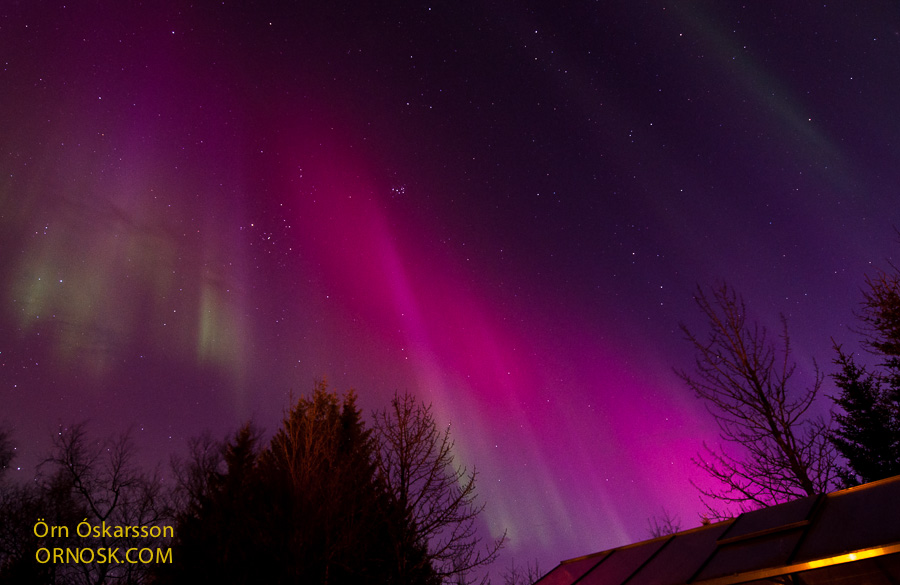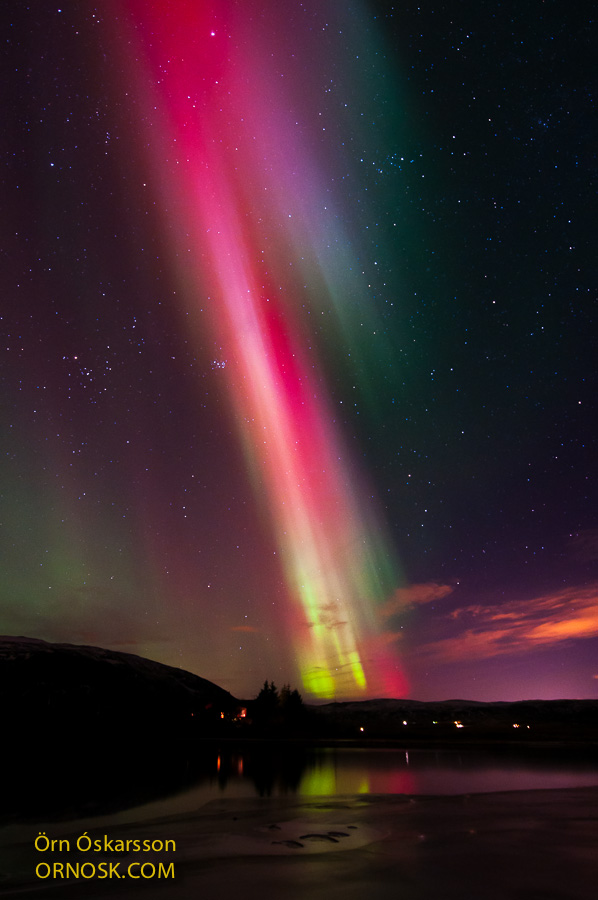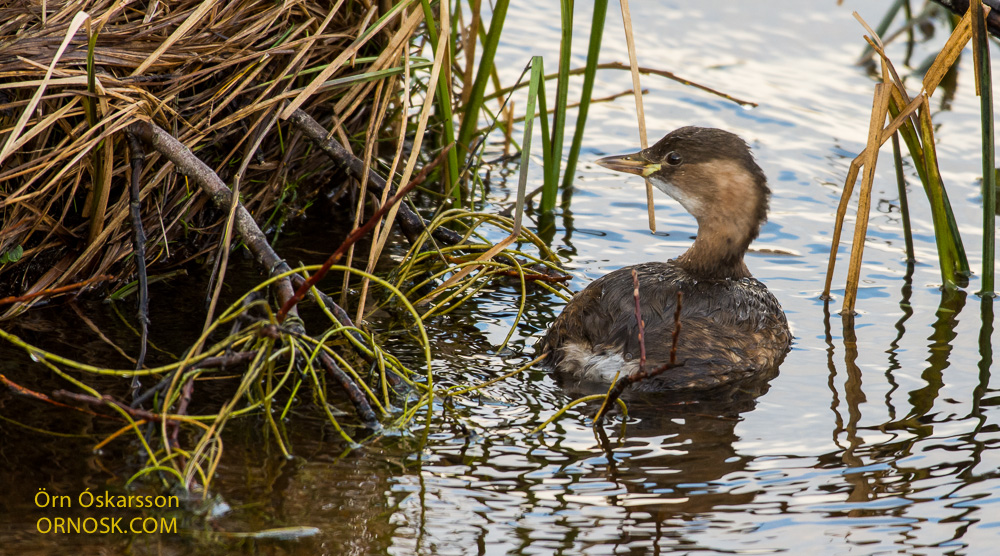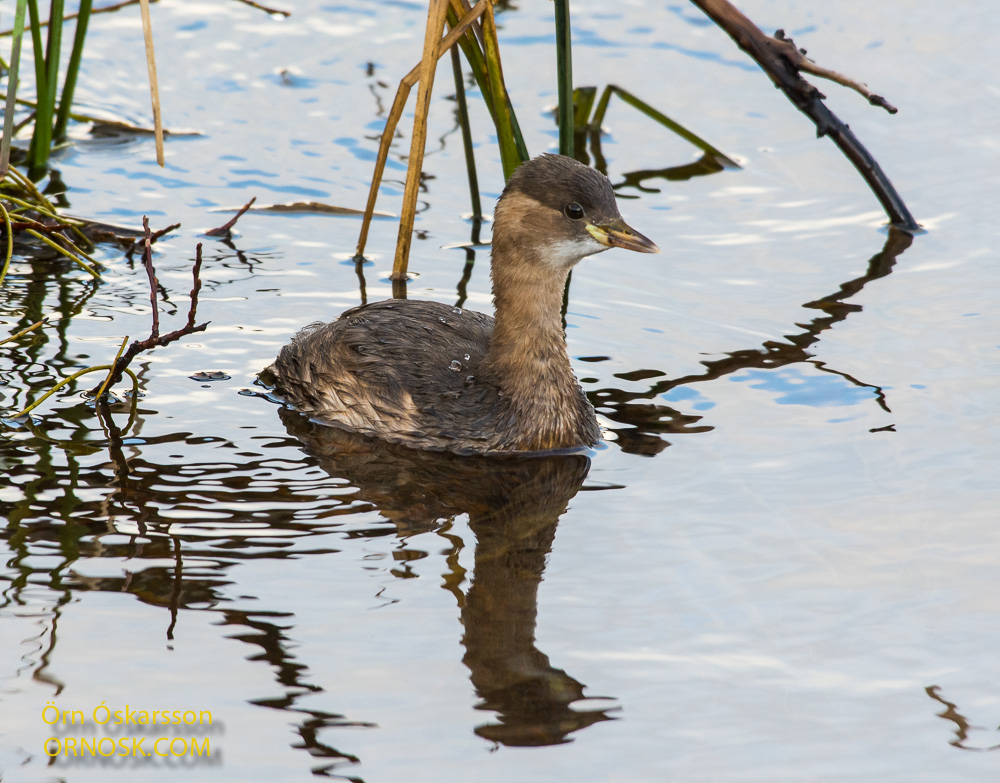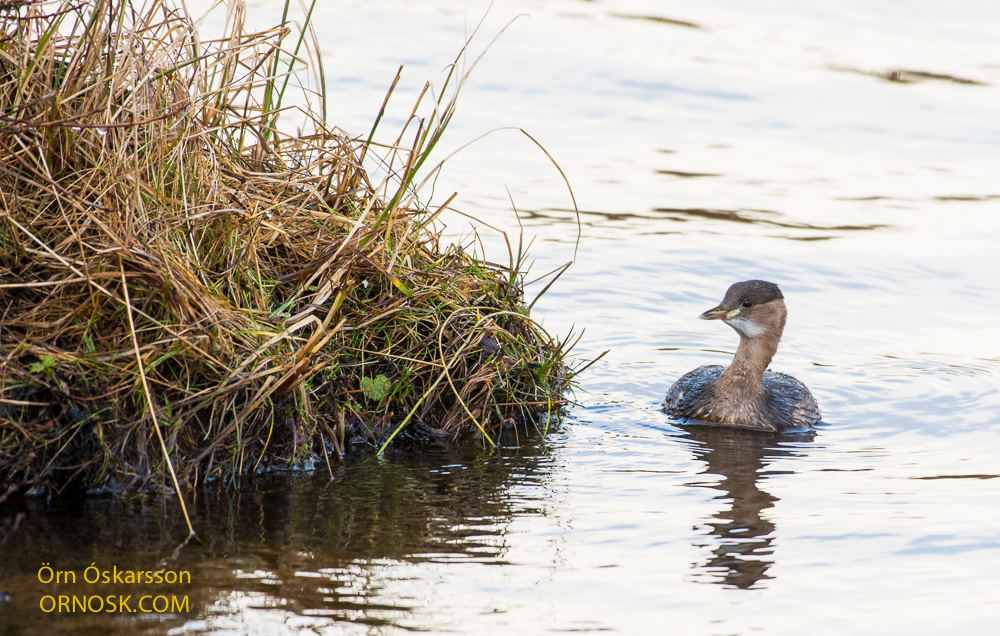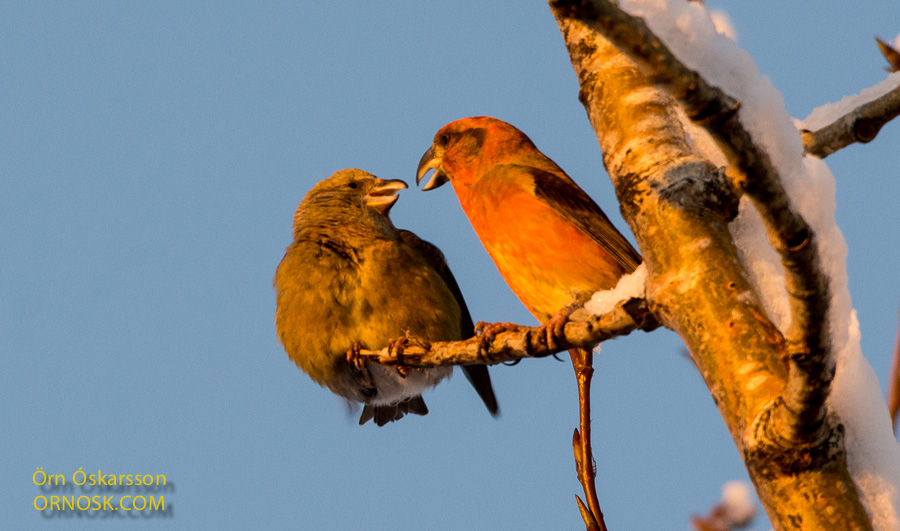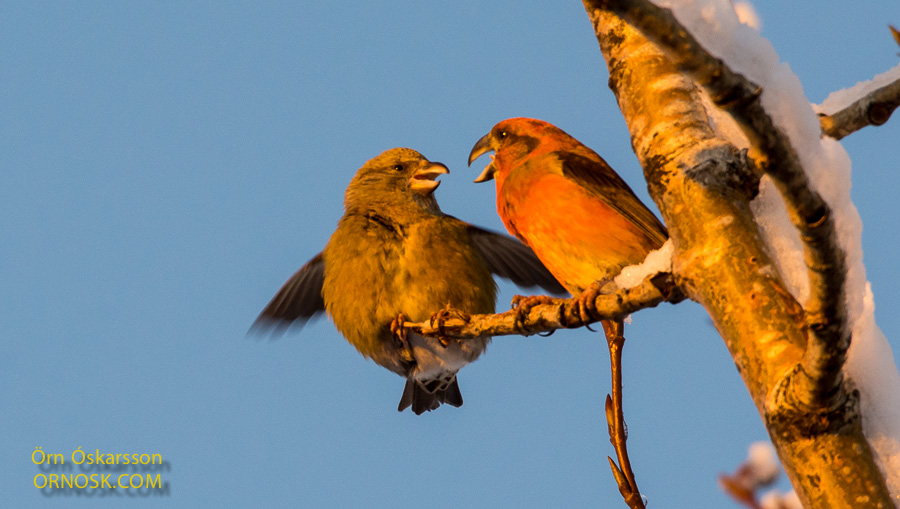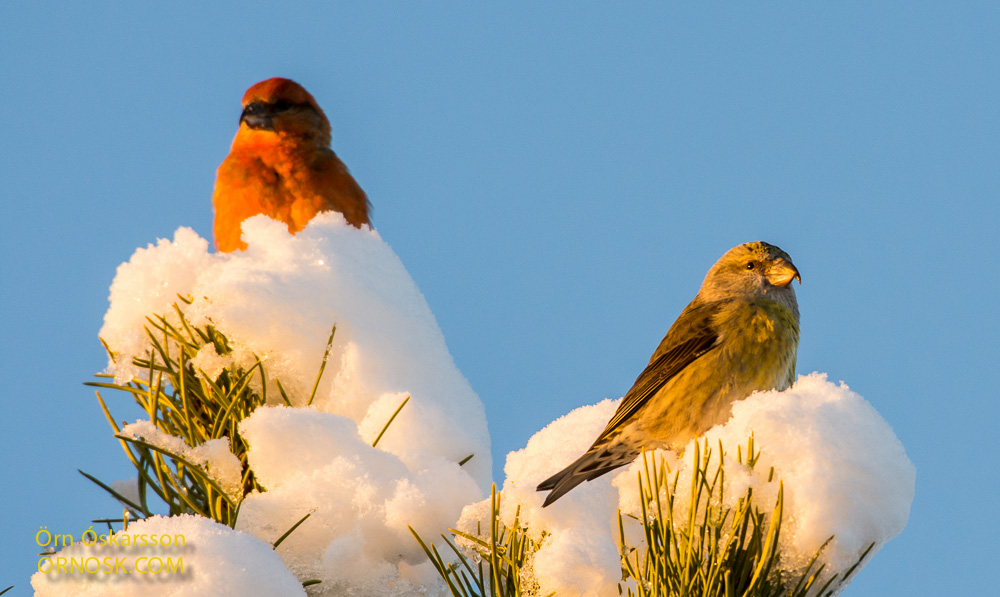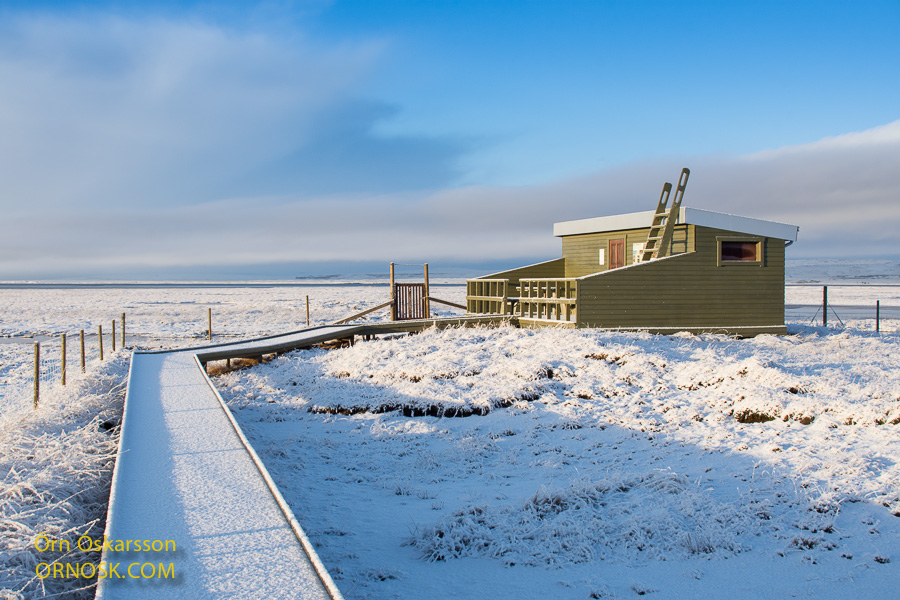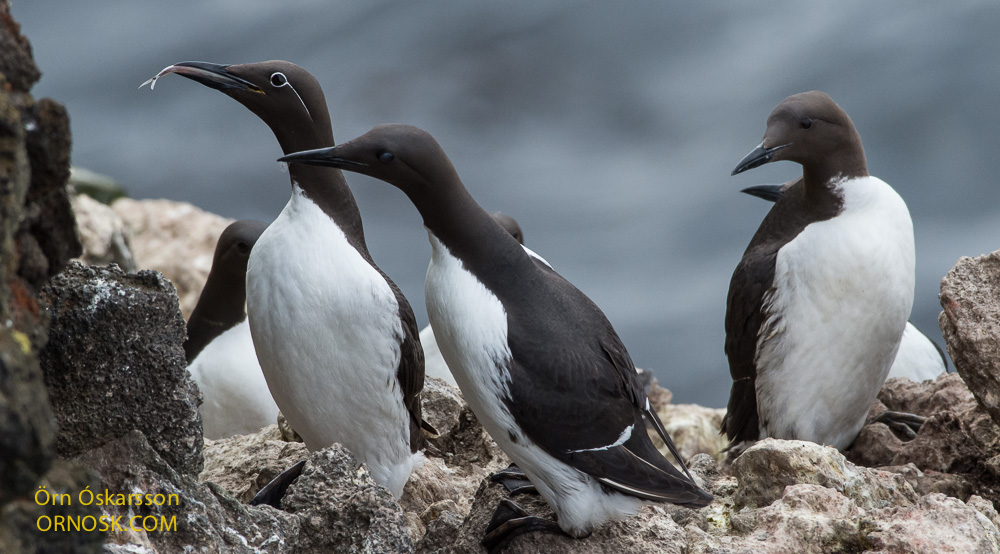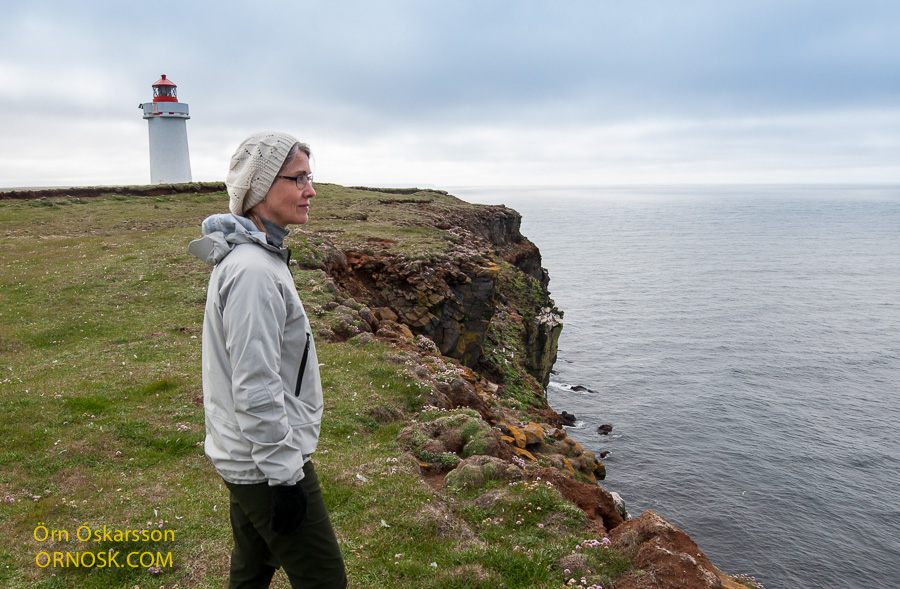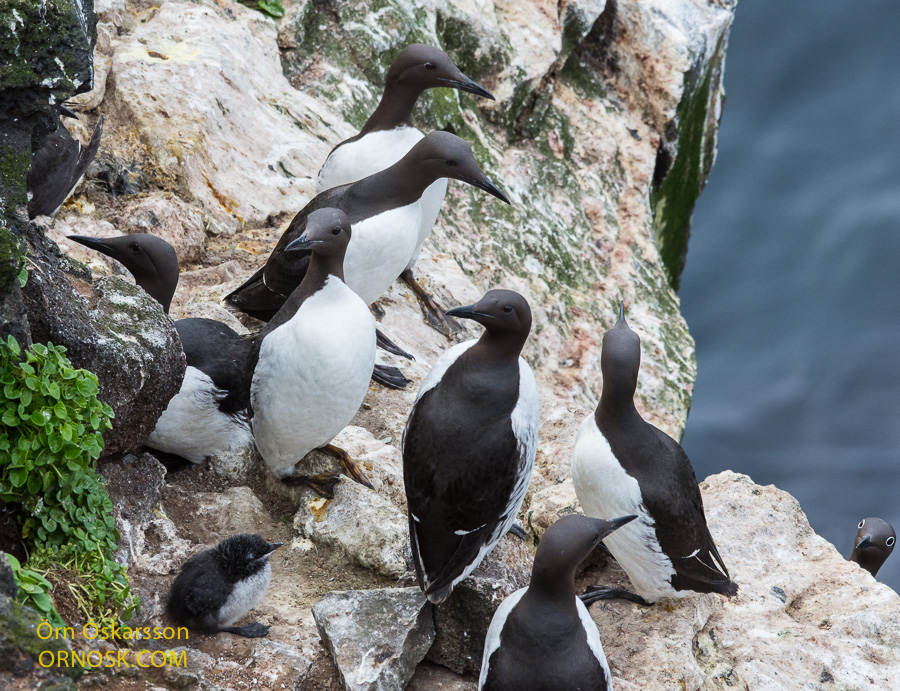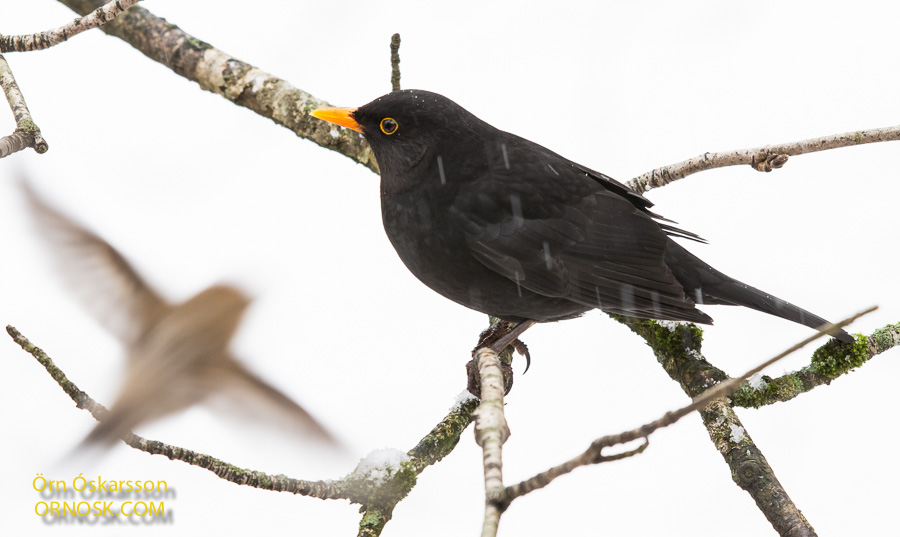
Blackbirds have thrived in Iceland this winter. They are newcomers and the mild weather has been exceptionally favourable for them. However, this past week has been quite different. Up until now they have been able to pick earthworms and larva from the frost free ground. Now there is a lot of snow and a full blast winter has arrived.
We thought we would have a very mild, almost snowless winter and the Blackbirds had already started singing. By mid February the group that was here earlier had already gone, leaving only one pair that had claimed our garden as its territory. Now the group is here again searching for food which of course we are sure to have enough of.
There is no indication that the weather will change soon so we continue to feed the birds and enjoy the Blackbirds that look so picturesque in the snow.

